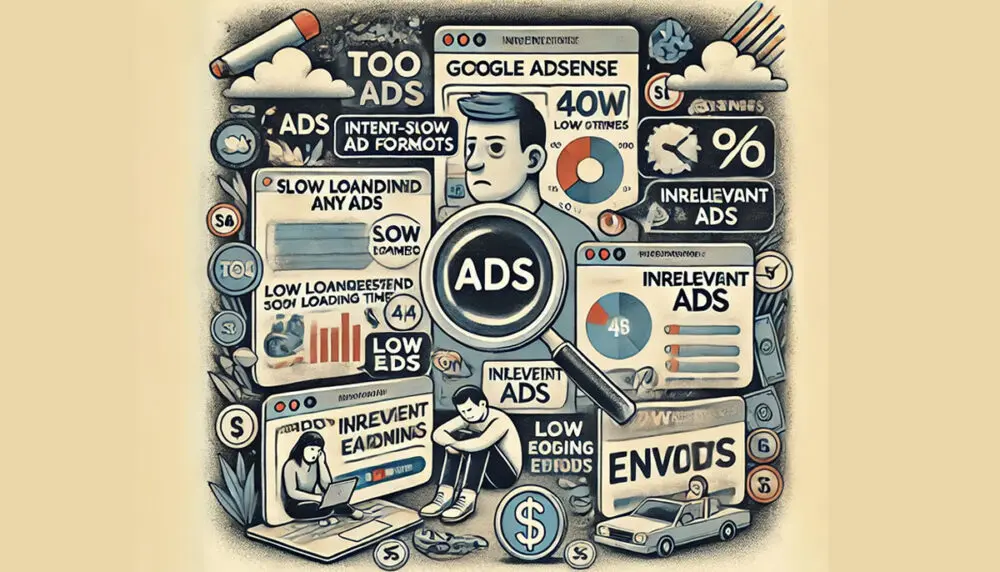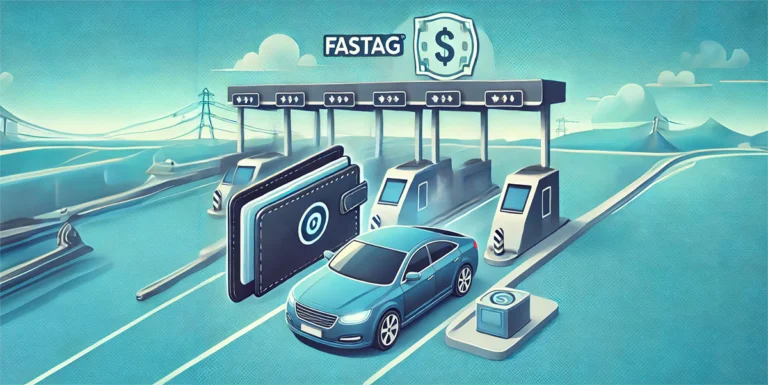Disadvantages of Intent-Driven Ad Formats: While intent-driven ad formats can be highly profitable and efficient, they also come with some disadvantages that both advertisers and publishers should be aware of. Here are some of the main drawbacks:
Limited Audience Reach: Disadvantages of Intent-Driven Ad Formats (AdSense)
- Why it’s a disadvantage: Intent-driven ads target a specific subset of users who are actively searching for or showing interest in certain products or services. This means that if your business relies on broader brand awareness or needs to reach new customers who haven’t expressed intent yet, this format may not be effective.
- Example: A new brand trying to create general awareness may struggle with intent-driven ads because these ads are more effective for users already in the consideration or decision-making phase.
Higher Competition and Cost
- Why it’s a disadvantage: Because intent-driven ads target users with high purchasing intent, they tend to attract more competition from advertisers. This increased competition can drive up cost-per-click (CPC) or cost-per-acquisition (CPA), making it more expensive to bid on popular keywords or user segments.
- Example: If multiple businesses are bidding for the same high-intent keyword (e.g., “best mortgage rates”), the CPC can become very high, making it costly for advertisers, especially smaller businesses with limited budgets.
Over-Reliance on User Intent Data
- Why it’s a disadvantage: Intent-driven formats rely heavily on accurate user intent signals, such as search queries, browsing behavior, or past interactions. If this data is inaccurate or misinterpreted, it can lead to irrelevant ad placements, wasted ad spend, and reduced effectiveness.
- Example: A user who casually searches for “best SUVs” may be targeted with numerous car ads, even though they have no immediate plans to buy. This could lead to lower engagement rates for advertisers and frustration for users.
Short-Term Focus: Disadvantages of Intent-Driven Ad Formats (AdSense)
- Why it’s a disadvantage: Intent-driven ads tend to focus on capturing immediate, transactional actions like purchases, sign-ups, or inquiries. This short-term focus may not be ideal for businesses looking to build long-term relationships or brand loyalty.
- Example: A brand that focuses on long-term engagement or customer lifetime value (CLV), such as luxury or lifestyle brands, may find intent-driven formats too transactional and less effective for cultivating a long-term customer base.
Narrow Targeting Limits Discovery
- Why it’s a disadvantage: Because intent-driven ads only target users who show explicit intent, they can miss out on potential customers who aren’t yet aware of your brand or product but might be interested if exposed to it. This can limit opportunities for discovery and spontaneous interest.
- Example: A user might not know they need a particular product until they see an ad for it, but intent-driven ads are unlikely to target these users unless they’ve already searched for or interacted with similar products.
Privacy Concerns: Disadvantages of Intent-Driven Ad Formats (AdSense)
- Why it’s a disadvantage: Intent-driven ads often rely on tracking user behavior and data collection, which raises privacy concerns. With increasing regulations (e.g., GDPR in Europe, CCPA in California), advertisers and publishers may face restrictions in how they collect and use data to drive intent-based advertising.
- Example: If a user opts out of data collection or browsing cookies, advertisers may lose valuable intent signals, leading to less effective targeting and reduced ad performance.
Ad Fatigue
- Why it’s a disadvantage: Since intent-driven ads rely on closely following users’ behavior, they can sometimes lead to ad fatigue or irritation if a user is repeatedly shown the same ad or product across different websites (especially in retargeting campaigns).
- Example: A user who once looked at a specific product, like a pair of shoes, may get bombarded with ads for that product across multiple platforms for days or weeks. This can lead to negative sentiment toward the brand and reduce the effectiveness of the ads.
Dependence on High-Quality Landing Pages
- Why it’s a disadvantage: Intent-driven ads are often highly effective at getting clicks, but the success of these campaigns depends on having well-optimized landing pages that match the user’s intent. If the landing page experience doesn’t align with the user’s expectations, conversion rates will suffer.
- Example: A user clicks on an ad for “affordable laptops,” but the landing page shows high-end, expensive models instead. This disconnect can cause the user to bounce, wasting the advertising spend.
9. Requires Advanced Tracking and Analytics
- Why it’s a disadvantage: Effectively using intent-driven ads requires sophisticated tracking and analytics tools to monitor user behavior, intent signals, and campaign performance. Small businesses without these resources may struggle to optimize their campaigns effectively.
- Example: A small e-commerce store might not have the necessary tools to accurately track user intent across multiple channels (e.g., search, social media, website behavior), which could lead to ineffective ad targeting and wasted ad spend.
10. Diminishing Returns
- Why it’s a disadvantage: Over time, the same group of high-intent users may see your ads repeatedly, leading to diminishing returns. After a certain point, most high-intent users may have already converted, leaving you with fewer opportunities for new conversions.
- Example: If a user has already purchased a product, they may continue seeing ads for the same product unnecessarily, which wastes budget and doesn’t contribute to additional revenue.
Summary of Disadvantages of Intent-Driven Ad Formats:
| Disadvantage | Impact |
|---|---|
| Limited Audience Reach | Doesn’t work well for broad awareness campaigns. |
| Higher Competition & Costs | Increased advertiser competition drives up costs. |
| Over-Reliance on Intent Data | Inaccurate intent data can result in irrelevant ad placements. |
| Short-Term Focus | Focuses too much on immediate conversions, not long-term value. |
| Narrow Targeting | Misses out on users who haven’t shown explicit intent yet. |
| Privacy Concerns | Rising regulations limit data collection and tracking. |
| Ad Fatigue | Repeated targeting can annoy users and create negative sentiment. |
| Dependence on Landing Pages | Poor landing pages can hurt conversion rates. |
| Requires Advanced Tracking | Small businesses may lack the tools to track user behavior effectively. |
| Diminishing Returns | Repeated exposure to the same high-intent users reduces effectiveness. |
While intent-driven ad formats are effective at targeting users with a higher likelihood of conversion, they come with limitations such as higher costs, limited reach, and potential privacy concerns. For a balanced advertising strategy, it’s often best to combine intent-driven formats with broader awareness campaigns that build brand recognition and reach new audiences.



























